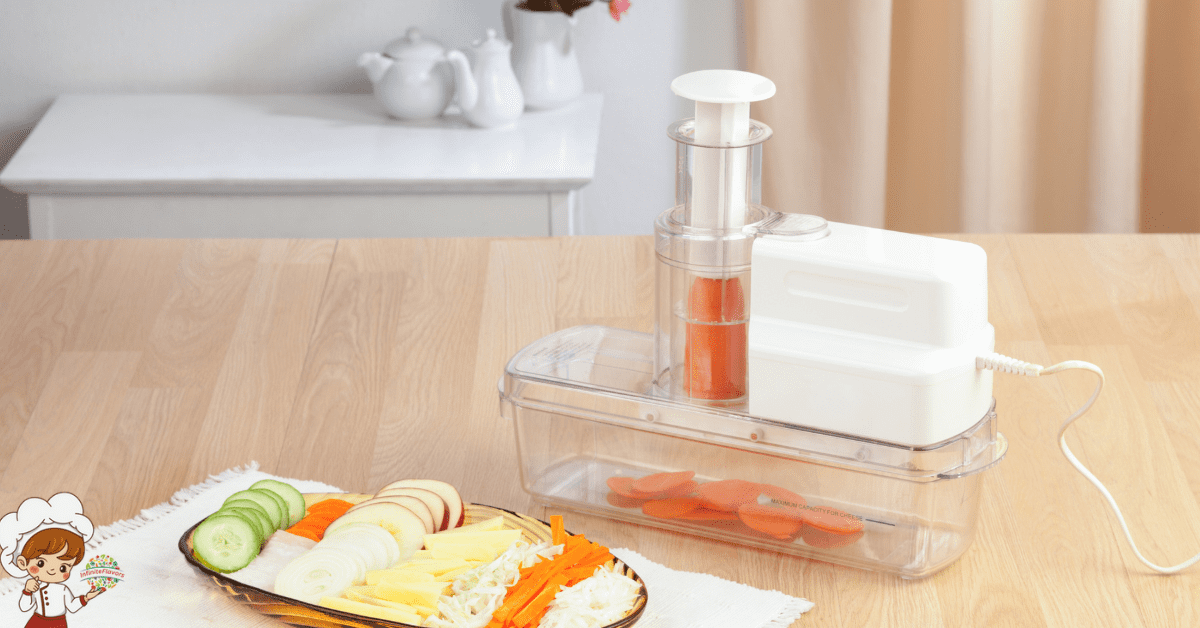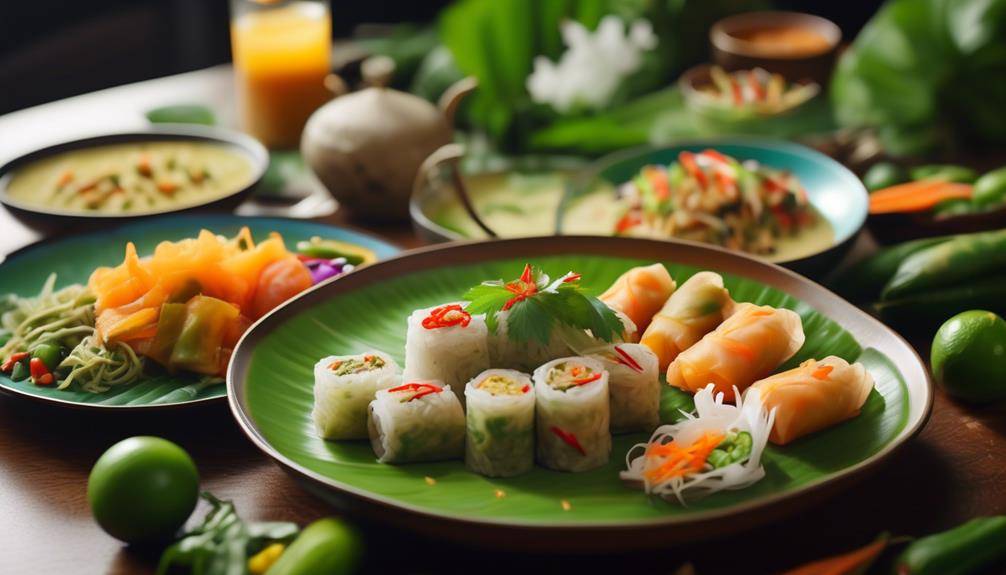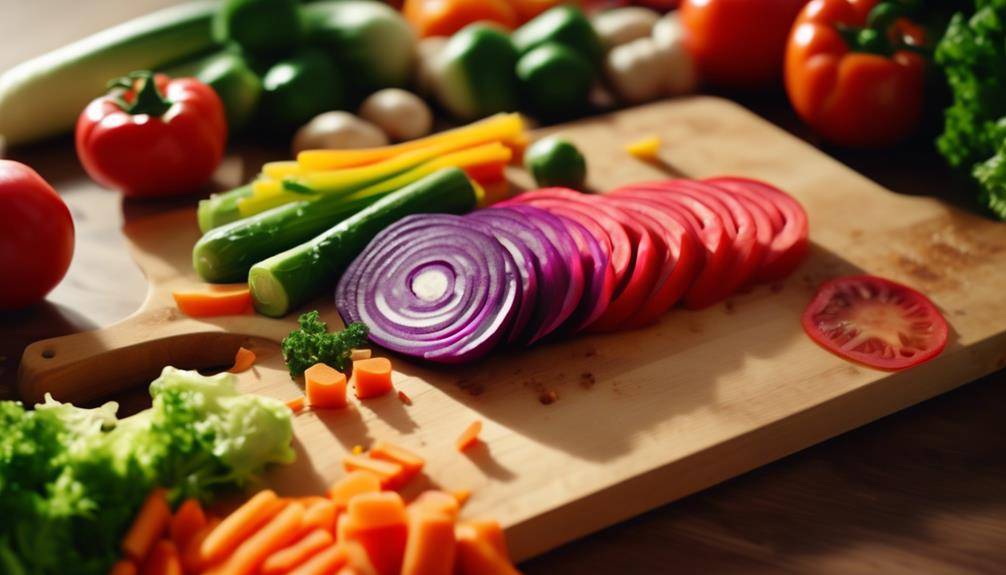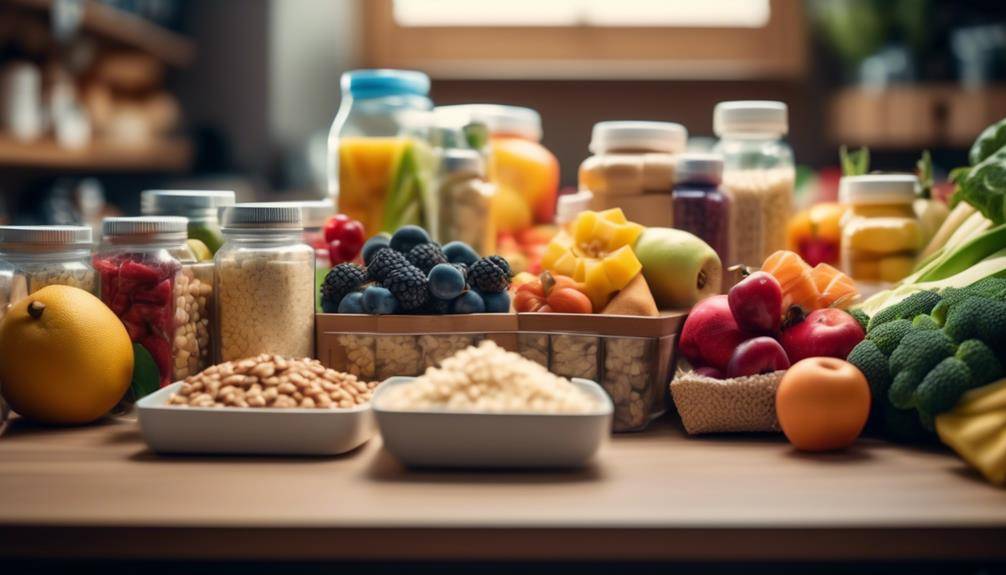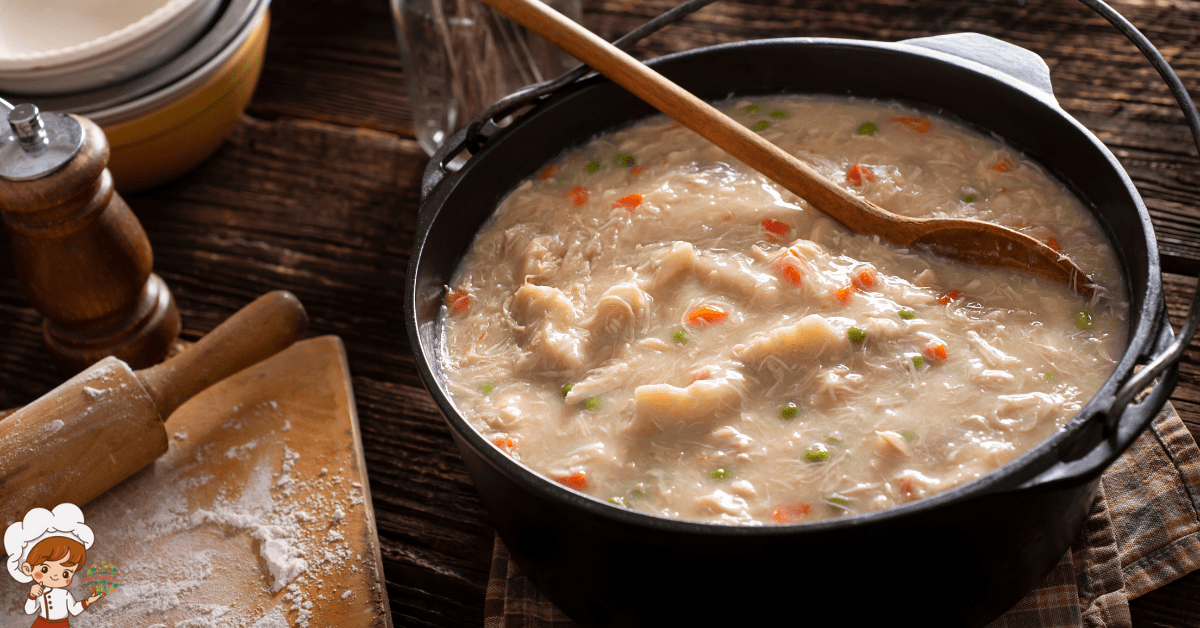Amazing 3D Food Printing For Personalized Diets
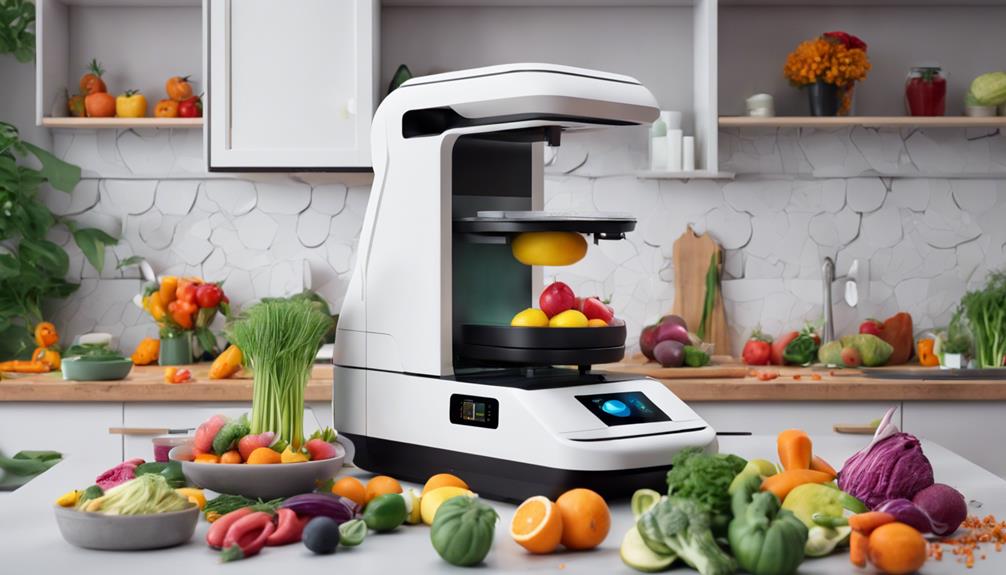
3D Food Printing For Personalized Diets; 3D food printing transforms how you prepare meals by allowing you to tailor them to your specific dietary needs and taste preferences. This innovative process creates food layer by layer, giving you control over ingredients, flavors, and nutritional content. Whether you’re gluten-free, vegan, or aiming for a high-protein diet, you can customize each meal to fit your goals. Plus, it minimizes food waste and promotes healthier eating habits. Imagine enjoying a dish crafted just for you! If you’re curious about how this technology works and its future potential, there’s much more to discover.
What Is 3D Food Printing?
Have you ever wondered how technology can revolutionize the way we eat? 3D food printing is an innovative process that uses digital designs to create edible items layer by layer. This form of 3D printing technology allows for precise control over ingredients, enabling you to customize flavors, textures, and nutritional content according to your preferences. Imagine being able to design a meal that meets your dietary needs, whether it’s gluten-free, vegan, or high-protein, all while maintaining an appealing appearance.
By utilizing this culinary innovation, chefs and home cooks alike can experiment with new recipes and presentations, pushing the boundaries of traditional cooking. You’re not just limited to conventional shapes and forms; 3D food printing opens up a world of possibilities, allowing you to create intricate designs and complex structures that would be nearly impossible to achieve by hand.
As you explore this exciting frontier, you’ll find that 3D food printing can enhance food accessibility and sustainability as well. It’s a game-changer for the culinary world, making it easier for you to enjoy personalized meals that perfectly suit your taste and dietary requirements.
How 3D Printing Works
Understanding how 3D printing works is key to appreciating its potential in the kitchen. This innovative printing technology uses a layer-by-layer approach to create edible items. You start with a digital model of your desired food, which is transformed into a format the printer can understand. The printer then extrudes or deposits food materials, such as purees, doughs, or powders, through nozzles that move in precise patterns.
As each layer is added, it bonds with the previous one, gradually building your dish. This process allows for intricate designs and textures that traditional cooking methods might not achieve. You can customize flavors, shapes, and nutritional content according to personal preferences or dietary needs. Food innovation in 3D printing isn’t just about aesthetics; it also opens doors for healthier, more sustainable eating options.
Benefits of 3D Food Printing
3D food printing offers a range of benefits that can transform your dining experience. You’ll discover how this innovative technology enhances culinary creativity, allowing you to experiment with flavors and textures like never before. Imagine crafting intricate designs that not only look stunning but also taste incredible. This method empowers you to push the boundaries of traditional cooking, turning meals into works of art.
Additionally, 3D food printing represents a significant leap in nutritional innovation. By using precise ingredient combinations, you can tailor meals to meet specific dietary needs, ensuring that you get the nutrients you require without sacrificing taste. This level of customization helps you maintain a balanced diet while enjoying your food.
Moreover, the efficiency of 3D food printing minimizes food waste. You can produce meals in exact portions, so there’s less leftover food going to waste. Overall, the benefits of 3D food printing extend beyond just aesthetics; they enhance your entire dining experience, making it healthier, more enjoyable, and environmentally friendly. Embracing this technology means you’re not just eating; you’re engaging in a new form of culinary expression.
Customizing Nutritional Content
With 3D food printing, you can easily customize the nutritional content of your meals to match your unique needs. Whether you’re aiming for specific macronutrient ratios, need allergen-free options, or want to incorporate your favorite flavors, this technology lets you take control. It’s about making food that not only tastes great but also supports your health goals.
Tailored Macronutrient Ratios
Customizing nutritional content through tailored macronutrient ratios can revolutionize how you approach your diet. By leveraging 3D food printing technology, you can create meals that align perfectly with your unique nutritional needs. Imagine having the power to adjust the proportions of proteins, fats, and carbohydrates in your food, leading to a truly personalized nutrition experience.
With tailored macronutrient ratios, you can optimize your dietary intake to match your fitness goals, health conditions, or lifestyle preferences. Whether you’re looking to build muscle, lose weight, or maintain energy levels throughout the day, this method allows you to fine-tune your meals accordingly. You’ll no longer have to rely on generic meal plans that might not fit your specific requirements.
This level of dietary optimization means you can enjoy delicious meals without compromising on nutritional value. Plus, the convenience of 3D printing guarantees you can easily prepare these customized dishes at home, saving both time and effort. Embrace this innovative approach to nutrition, and take charge of your health by enjoying meals designed just for you.
Allergen-Free Options
By incorporating allergen-free options into your meals, you can further personalize your dietary experience. 3D food printing technology allows you to create dishes that cater not just to your macronutrient needs, but also to specific food allergies and intolerances. With allergen awareness becoming increasingly important, you can now guarantee that every meal aligns with your health requirements.
When utilizing 3D food printing, ingredient sourcing plays a vital role. You can select high-quality, allergen-free ingredients tailored to your specific needs. Whether you’re avoiding gluten, dairy, nuts, or other allergens, the technology makes it easy to customize each dish without compromising on taste or nutritional value.
This level of customization helps prevent cross-contamination, which is often a concern for those with severe allergies. You’ll have the confidence to indulge in meals that are safely tailored just for you. Plus, experimenting with different allergen-free ingredients can reveal new flavors and textures, enriching your culinary experience. Embracing allergen-free options with 3D food printing empowers you to take charge of your diet in a way that’s both enjoyable and health-conscious.
Flavor Preferences Integration
As you explore the world of 3D food printing, integrating your flavor preferences into meals becomes an exciting possibility. This technology allows you to customize not just the appearance of your food, but also its taste and nutritional content. Imagine being able to modify flavors through taste modulation, ensuring every bite aligns with your personal palate.
With 3D food printing, you can create dishes that enhance your sensory experience. Whether you crave something savory, spicy, or sweet, you can tailor the ingredients to match your desires. By selecting specific flavor profiles and adjusting the nutritional components, you’ll enjoy meals that not only satisfy your taste buds but also meet your dietary needs.
Additionally, this innovative approach enables experimentation. You can mix flavors and textures, creating unique combinations that you wouldn’t typically find in traditional cooking. This means you’ll never have to settle for bland or uninspiring meals again. By integrating your flavor preferences into the food printing process, you’ll transform your eating experience into a delightful journey, where each dish is crafted just for you. Embrace this technology and watch your meals come alive with flavors you love!
Meeting Dietary Restrictions
Meeting dietary restrictions can be a challenge, especially when trying to maintain flavor and variety in your meals. With dietary innovations like 3D food printing, you can create personalized nutrition solutions that cater to your specific needs. Whether you’re avoiding gluten, managing diabetes, or following a vegan diet, 3D printing allows you to customize the ingredients and nutritional content of your food.
Imagine being able to print a delicious pizza that’s gluten-free, loaded with nutrients, and tastes exactly how you like it. This technology lets you input your dietary restrictions and preferences, ensuring you get the right combination of flavors and nutrients without compromising your health. You won’t have to settle for bland, pre-packaged meals anymore.
Moreover, 3D food printing can help you experiment with new ingredients that fit your dietary needs, expanding the culinary options available to you. You can easily try various flavors and textures while sticking to your restrictions. This way, you can enjoy a diverse and exciting diet, all while ensuring you meet your health goals. Embracing these innovations makes it easier to maintain a satisfying and nutritious diet tailored just for you.
Enhancing Food Aesthetics
3D food printing not only revolutionizes nutrition but also elevates the visual appeal of meals. Imagine plating up a dish that looks like a work of art, enchanting not just your taste buds but also your eyes. With this technology, you can create colorful designs that transform ordinary food into stunning masterpieces.
You can experiment with various shapes and structures, allowing your creativity to shine. Whether you’re making intricate pasta, beautifully layered desserts, or eye-catching side dishes, the possibilities are endless. This level of customization means you can tailor meals to fit any theme, occasion, or personal taste, making each dining experience unique and memorable.
Artistic presentations can turn a simple meal into an extraordinary feast, enticing friends and family to savor every bite. When food looks good, it enhances the overall dining experience, encouraging healthier eating habits. You’ll find that attractive meals not only satisfy hunger but also spark joy and excitement at the table.
The Role of Ingredients
When it comes to 3D food printing, the choice of ingredients plays a crucial role in determining both the taste and texture of the final product. You’ll need to focus on ingredient sourcing, ensuring that you select high-quality components that align with your dietary preferences. This not only enhances flavor but also supports a nutritious diet.
Conducting a nutritional analysis of your chosen ingredients is essential. By understanding the nutritional content, you can tailor your meals to meet specific dietary needs, whether it’s reducing sugar, increasing protein, or incorporating more fiber. This precise approach allows you to create meals that not only taste great but also contribute positively to your health.
Moreover, the versatility of 3D food printing means you can experiment with unconventional ingredients, opening up possibilities for unique flavors and textures. Consider how the consistency of ingredients influences the printing process; thicker pastes may work well for certain shapes, while liquid components can add moisture and richness.
Ultimately, the right combination of ingredients empowers you to personalize your diet, making each meal a reflection of your tastes and nutritional goals. Embrace this opportunity to innovate in your kitchen!
Health Conditions and 3D Printing
For individuals managing specific health conditions, 3D food printing offers a tailored approach to meal preparation that aligns with unique dietary needs. This technology allows you to address food allergies and chronic diseases through precise meal customization. You can create meals that maintain nutritional balance, ensuring you receive essential nutrients without triggering adverse reactions.
With 3D food printing, you can easily adjust recipes to accommodate your dietary preferences, whether you follow a gluten-free, vegan, or low-sodium diet. This flexibility is particularly beneficial for those requiring health monitoring, as you can control ingredient quantities and nutritional content effectively.
Additionally, 3D food printing promotes food sustainability by minimizing waste and encouraging the use of locally sourced ingredients tailored to your health requirements. It also serves as a powerful tool for patient education, empowering you to understand the relationship between diet and health.
Popular 3D Food Printers
As the demand for personalized diets grows, several popular 3D food printers have emerged to meet diverse culinary needs. One standout is the Foodini by Natural Machines, which lets you print with fresh ingredients, enabling you to create healthy meals tailored to your preferences. Another popular choice is the Choc Creator, perfect for chocolate enthusiasts looking to craft intricate designs using various chocolate printing materials.
If you’re interested in a multifunctional option, the BeeHex printer excels in producing pizzas by combining dough, sauce, and toppings. This printer brand focuses on convenience while delivering tasty results. For those who want something compact, the 3D printer by 3D Systems, known for its ease of use, allows you to print with a variety of edible materials, including pureed fruits and vegetables.
When choosing a 3D food printer, consider the types of printing materials you want to use and how each printer brand aligns with your culinary goals. With so many options available, you’re sure to find a 3D food printer that fits perfectly into your personalized diet journey.
Case Studies and Success Stories
Case studies in 3D food printing highlight the transformative impact this technology can have on personalized diets. One notable example is a startup that developed a printer capable of creating nutrient-rich meals tailored to specific dietary needs. They focused on consumer acceptance by engaging with potential users, which helped them refine their products based on real feedback. This approach not only enhanced user experience but also demonstrated a clear alignment with current market trends toward health and wellness.
Another case study involves a hospital that implemented 3D food printing to cater to patients with dysphagia. By customizing meals to meet individual texture preferences, they improved patient satisfaction and nutritional intake. This success story showcases how innovative food solutions can notably enhance the dining experience in institutional settings.
As these examples show, consumer acceptance plays an essential role in the success of 3D food printing initiatives. Understanding market trends and addressing specific dietary needs can lead to successful implementations that benefit both individuals and larger communities. By sharing these success stories, the potential of personalized diets through 3D food printing becomes increasingly evident, paving the way for future advancements.
Future Trends in Food Printing
The success stories of 3D food printing highlight its potential, sparking interest in what lies ahead for this innovative technology. As you look to the future, you’ll notice that sustainable sourcing is becoming a priority. Manufacturers are increasingly focused on using eco-friendly materials and ingredients, reducing waste, and minimizing their carbon footprint. This shift not only benefits the environment but also enhances the appeal of food printing.
You’ll also see culinary innovations pushing the boundaries of what 3D food printing can achieve. Chefs and food scientists are experimenting with new flavors, textures, and nutritional profiles, enabling personalized diets that cater to individual preferences and dietary restrictions. Imagine customizing your meals in real-time, adjusting ingredients based on your health goals or taste preferences.
Moreover, advancements in bioprinting could revolutionize how we think about food production. As technology progresses, the possibility of printing meat alternatives or even lab-grown proteins becomes more feasible. This could lead to a future where food is not only customizable but also produced in a way that’s kinder to the planet. The journey of food printing is just beginning, and it’s full of exciting possibilities for both consumers and creators alike.
Challenges and Limitations
When exploring 3D food printing, you’ll quickly encounter some significant challenges. Technical limitations in printing, ingredient availability, and regulatory compliance can all impact the effectiveness of this innovative approach. Understanding these hurdles is essential for anyone looking to implement personalized diets through this technology.
Technical Limitations in Printing
Several key technical limitations hinder the widespread adoption of 3D food printing for personalized diets. One major issue is material constraints. Not all food ingredients can be easily processed by current printer technology, leading to a limited range of printable foods. You’ll find that this restriction makes it challenging to create diverse and appealing dishes tailored to individual preferences.
Additionally, the existing printer technology often struggles with achieving the desired texture and taste. Many machines can only print soft, semi-liquid materials, which can dampen the culinary experience. The precision required for intricate designs is also lacking in some models, resulting in less-than-ideal presentations.
Another limitation is the speed of printing. 3D food printers can be slow, making it impractical for use in busy kitchens or commercial settings. You’ll notice that the time it takes to produce a meal can be a deterrent for both consumers and businesses alike.
Ingredient Availability Issues
Ingredient availability often poses significant challenges for 3D food printing, particularly when it comes to creating personalized diets. You might find that sourcing specific ingredients can be a intimidating task, especially if they’re essential for a tailored meal. The supply chain for food ingredients can be unpredictable, leading to inconsistencies in what you can actually print.
When you aim to customize your diet with unique flavors or nutritional components, you’ll quickly realize that some ingredients may not be readily available. Seasonal variations, regional shortages, or even import restrictions can hinder your ingredient sourcing efforts. If you depend on specific proteins or plant-based alternatives, their availability may fluctuate, making it hard to maintain a consistent menu.
Additionally, the freshness and quality of ingredients are critical for successful food printing. You need to guarantee that the ingredients you source can be processed adequately for 3D printing without compromising taste or texture. This means you have to stay vigilant about your suppliers and adapt your recipes as needed. Ultimately, ingredient availability can limit your creativity and the effectiveness of personalized diets through 3D food printing.
Regulatory Compliance Challenges
Sourcing the right ingredients isn’t the only hurdle in 3D food printing for personalized diets; regulatory compliance also presents significant challenges. You’ll need to navigate a complex landscape of safety regulations and labeling requirements to guarantee your products meet industry standards. This can be especially intimidating, as the evolving nature of food technology means that regulations may lag behind innovation.
Maintaining food quality while adhering to these regulations can create innovation hurdles. You’ll find that compliance costs can add up quickly, impacting your bottom line and potentially creating market barriers for new entrants in the field. Without clear guidelines, you might struggle to gain consumer trust, which is essential for the success of any food product.
Moreover, as you develop personalized diets, the lack of standardized regulations can make it difficult to communicate the benefits of your 3D printed foods effectively. This can lead to confusion among consumers who are trying to make informed choices. Addressing these regulatory compliance challenges is critical for the growth of 3D food printing, as it not only affects production but also the overall acceptance of this innovative technology in the market.
Getting Started With 3D Printing
Getting started with 3D printing can be an exciting venture, especially if you’re enthusiastic to create personalized meals tailored to your dietary needs. To begin, you’ll want to familiarize yourself with the 3D printing basics. Understanding how the technology works will give you a solid foundation for your culinary creations.
Next, focus on equipment selection. You’ll need a 3D food printer that’s suitable for your specific goals. Look for printers that offer a range of compatible ingredients, like purees, doughs, or chocolate, depending on your dietary preferences. Pay attention to the printer’s size, resolution, and ease of use, as these factors will greatly impact your experience.
Once you’ve chosen your printer, gather the necessary materials and software for designing your meals. You can either create your own recipes or download existing designs. Remember, experimentation is key in this process. Don’t be afraid to tweak recipes to suit your tastes and nutritional requirements. With a bit of practice, you’ll soon be crafting delicious, customized dishes that reflect your unique dietary needs!
Frequently Asked Questions: 3D Food Printing For Personalized Diets
How Much Does a 3D Food Printer Cost?
When considering a 3D printer, you’ll find costs vary widely among brands. A cost comparison shows you can spend anywhere from a few hundred to several thousand dollars, depending on features and technology.
Can I Print Food at Home?
Yes, you can print food at home! With a 3D food printer, you can enjoy food customization, creating unique shapes and flavors tailored to your taste. It’s a fun way to experiment with your meals!
What Types of Ingredients Can Be Used?
You can use a variety of ingredients for your creations, focusing on ingredient combinations that suit your taste. With nutritional customization, you’ll tailor meals to meet your dietary needs and preferences seamlessly.
Is 3D Printed Food Safe to Eat?
You’ll find that 3D printed food can be safe to eat if it meets food safety standards. However, it’s crucial to evaluate nutritional concerns, ensuring the ingredients used are healthy and properly sourced.
How Long Does It Take to Print Food?
When you consider printing speed, it typically takes anywhere from a few minutes to over an hour to print food, depending on complexity. The food texture also plays an essential role in this process.
Conclusion
To sum up, 3D food printing opens up exciting possibilities for personalized diets, allowing you to customize nutritional content and meet specific dietary needs. As technology advances, you can expect even more innovations that cater to your preferences and health goals. While challenges remain, getting started with 3D printing can empower you to take control of your meals like never before. Embrace this culinary revolution and savor the benefits of tailored nutrition in your everyday life!



